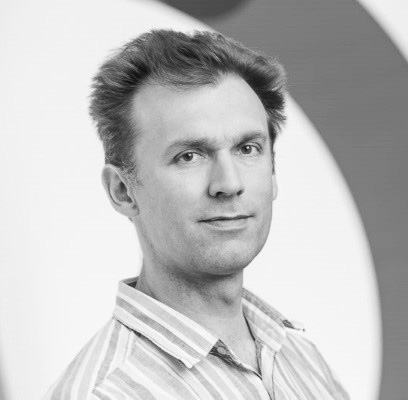How is digital technology maturing in healthcare?
on LinkedIn:
The recent Digital Health World Congress 2018, which was held in London at the end of November, covered aspects of medical and mobile technology. It certainly presented an interesting and diverse line-up of speakers and exhibitors.
A key learning we took from the event is that digital health (the intersection of digital technology and healthcare) is maturing. In recent years, digital health has experienced a strong ‘hype cycle’ but, as the event illustrated, we are beginning to see real-world roll outs that address true user needs and have measurable business success.
Keynote speaker, Adrian Byrne, CIO at University Hospital Southampton NHS Foundation Trust, presented a fascinating maturity model of patient information systems delivered by Healthcare Information and Management Systems Society (HIMSS). He explained that the adoption of electronic medical records is a key building block that serves as a foundation for new digital services and associated technical innovations that can improve healthcare. But the creation of systems for electronic medical records is only the start of the journey – to succeed it needs the willingness of end users to adopt it and continued championing to maintain momentum.
A key takeaway from the event was that where deployments have succeeded, they provide quantifiable gains for patients and other stakeholders. An example that Adrian described is a simple patient ID barcode solution, which enables the patient to be scanned prior to any medication being given to them. Already it has prevented over 300 patients from being given the wrong dose.
Another real-world example, which is being rolled out in Kent, is a simple App called WaitFree. It recommends which A&E facility the patient should attend in order to help minimise waiting time. Using the information of current waiting times at each A&E facility in conjunction with an estimation of the user’s travel time to each facility, it recommends which facility they should attend in order to be seen quickest – which may not necessarily be the closest one! This has a clear benefit for the patient but also benefits the healthcare system as load on the system is distributed more evenly, maximising utilisation of scarce resource.
A major theme from the event was leveraging smartphones to provide new diagnostics. For example, healthy.io is turning a smartphone into a regulatory-approved urinalysis device. Its first product, dip.io, uses the phone’s camera to assess various urine test results. This means that a subset of the 42 million tests conducted each year in hospital can now potentially be moved into the home, increasing convenience to the patient but also reducing costs on healthcare incurred through hospital visits.
An example of the convergence of medical and consumer diagnostics is Nimasensor, a connected gluten and peanut sensor device. Whilst gluten and peanut allergies are increasingly recognised and catered for, the creator identified the significant challenge to sufferers who would commonly be ill after meals out even if they had been careful to select food without allergens. The Nimasensor enables users to conduct an on-the-go analysis of foodstuff, thereby enabling restaurant visits with more confidence that illness or even fatal consequences will not occur.
All of this is reflective of a trend that is increasingly seeing consumers take ownership of their own wellbeing and healthcare. It’s moving away from the traditional model of sick care provided at a surgery or hospital. With this traditional model users have no real means of determining how sick they actually are before accessing services and creating an ever-increasing demand with health services stretched to the limit. However, companies like Doctorlink are trying to simplify user access by triaging and facilitating efficient access only when required. This enables practitioners and providers to be utilised more efficiently.
Whilst at the event there were many examples of services being built into Apps to help HCP’s during their day-to-day jobs. There was also a healthy mix of companies embarking on a product and service deployment. For example, Qardio is providing a wide range of health wearables like blood pressure monitors, and Tytocare has developed a camera-based toolkit for home diagnosis that feeds data straight to the clinician.
Augmented Reality/Virtual Reality (AR/VR) was also demonstrated at the event. Proximie is conducting some very compelling remote surgery assistance where the experts no longer need to travel the globe to assist in theatre. Instead, they can be virtually ‘there’ via the latest webcams, and so enhancing the level of support they can provide to a wider audience.
Equally compelling was Oxford VR who demonstrated dramatic behavioral improvements with people fearful of heights. With the use of VR tools they are quickly able to quash people’s fears and within a few hours empower them to tackle heights, escalators etc.
Overall, at Digital Health World Congress 2018 we saw many passionate and insightful enterprises pitching into the healthcare market, sometimes with a boost of funding, and then growing organically to deliver increasing levels of benefit around a specific need. Whilst this is exciting there exists the inevitable potential for fragmented and competing services, which is already one of the biggest problems in healthcare.
Here, at CDP, we start by examining a new healthcare challenge from all angles. This enables us to focus innovation on a sound foundation rather than taking new technology and looking for a home for it. This involves researching and thinking around users and how their needs can be best addressed, as well as the business imperative to create a profit. So when we finally deploy technology it efficiently addresses both user and business needs, with the foundation for scale built in.

James Baker
Partner